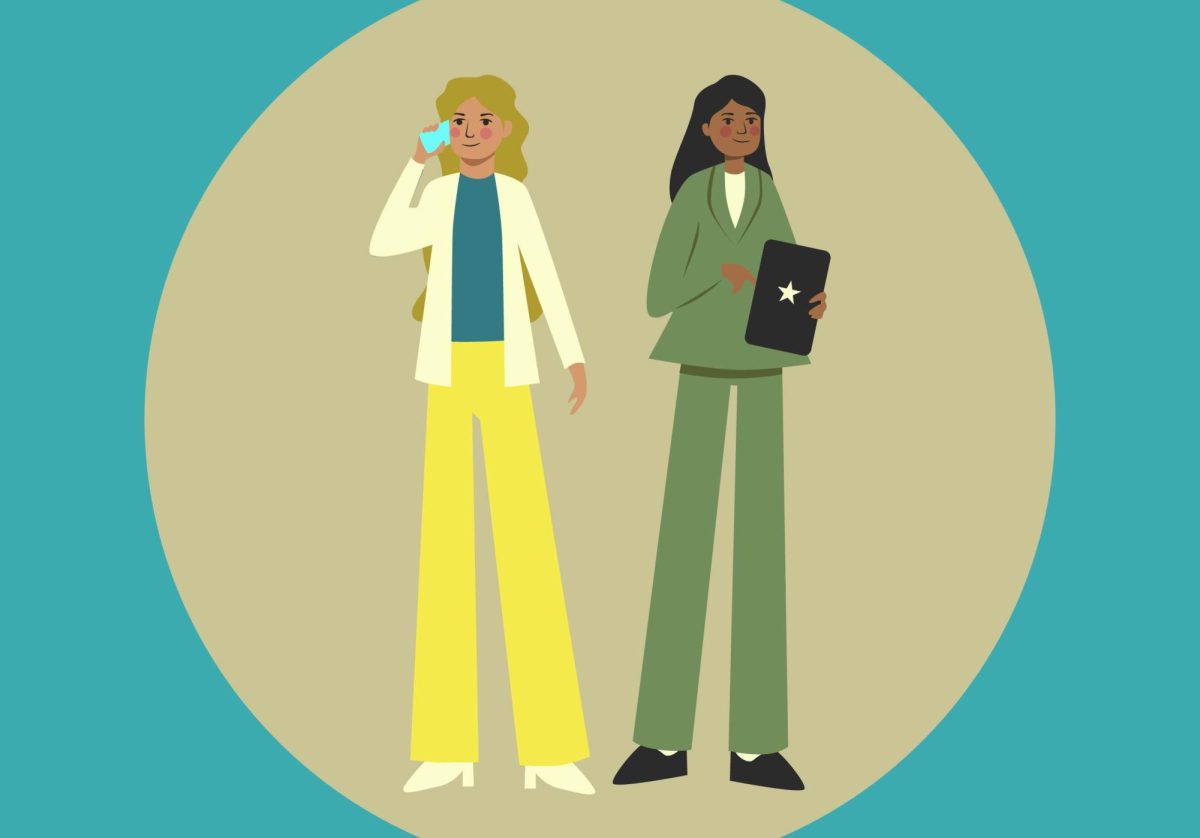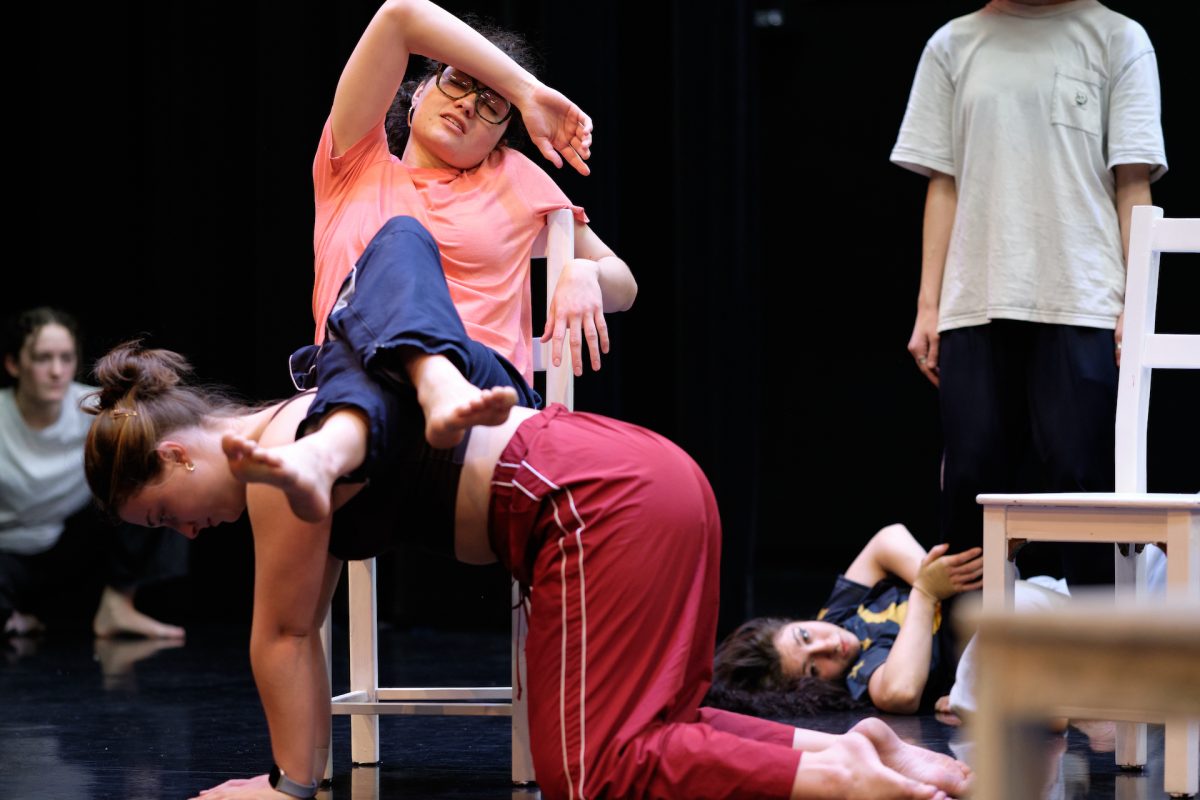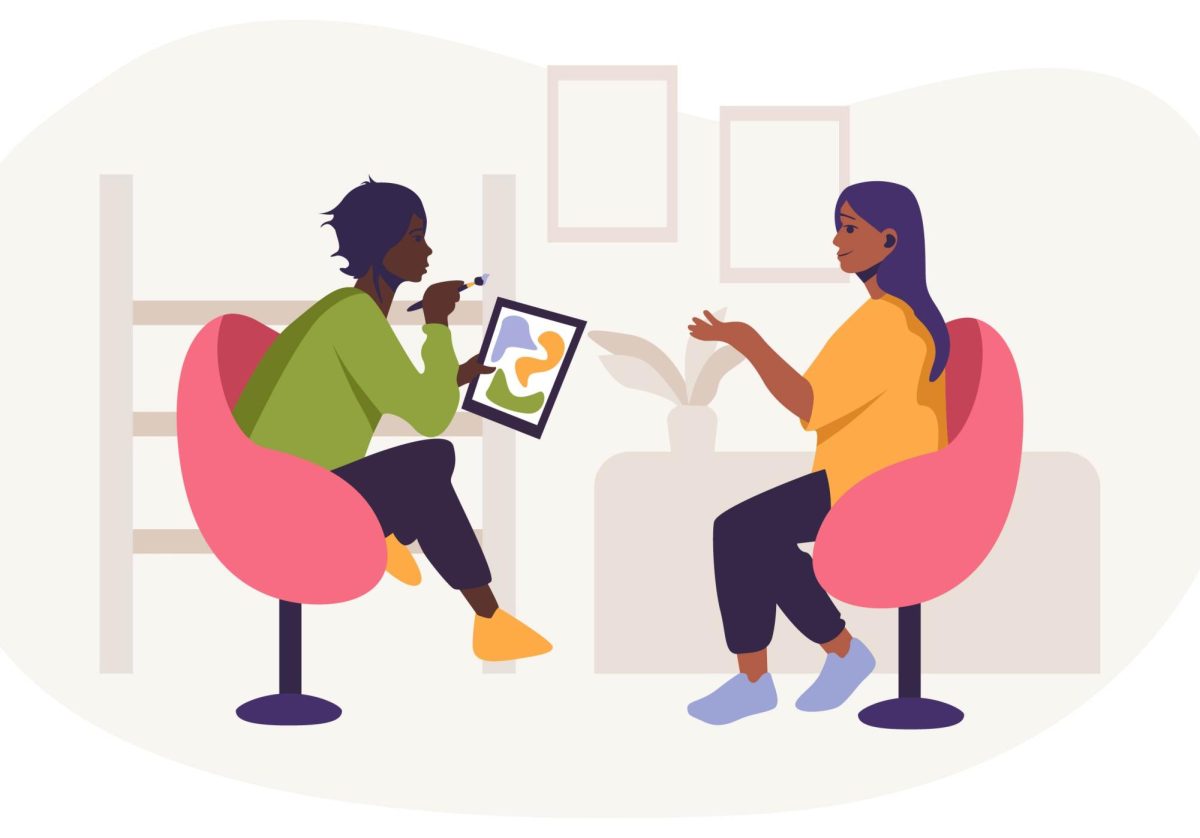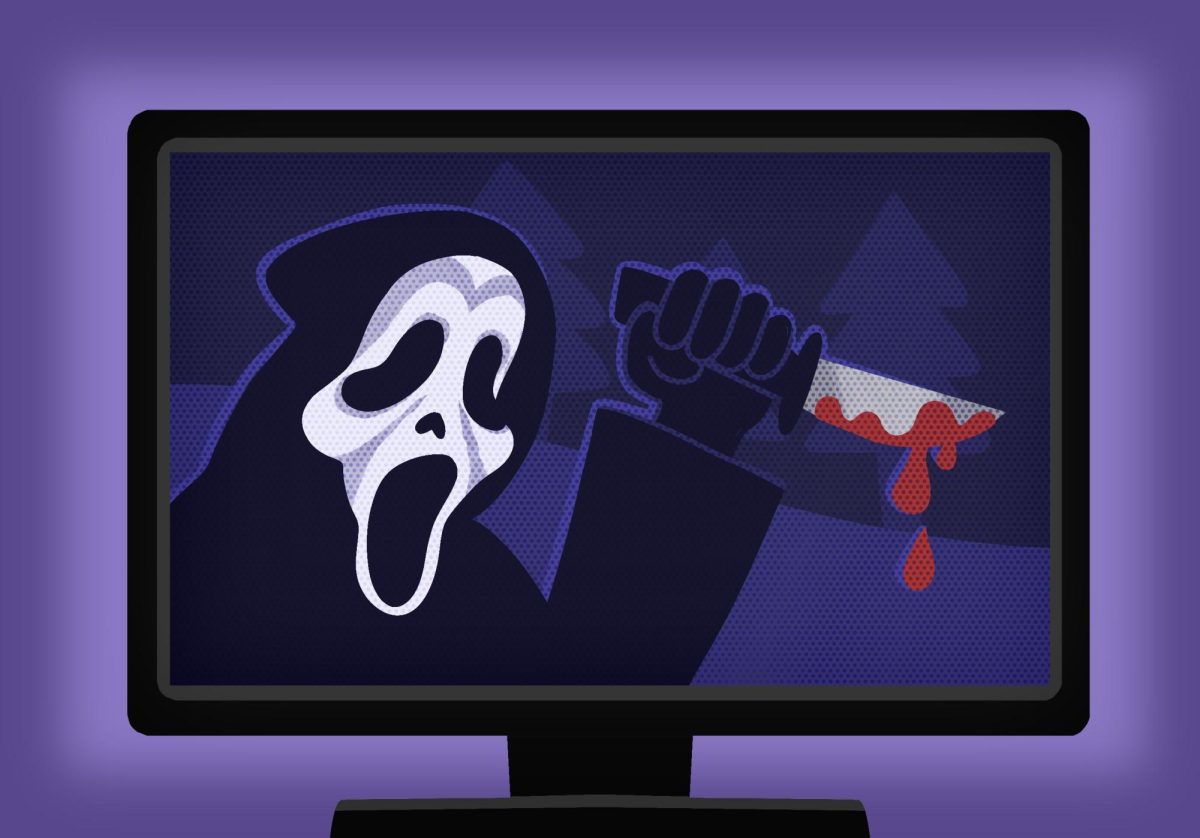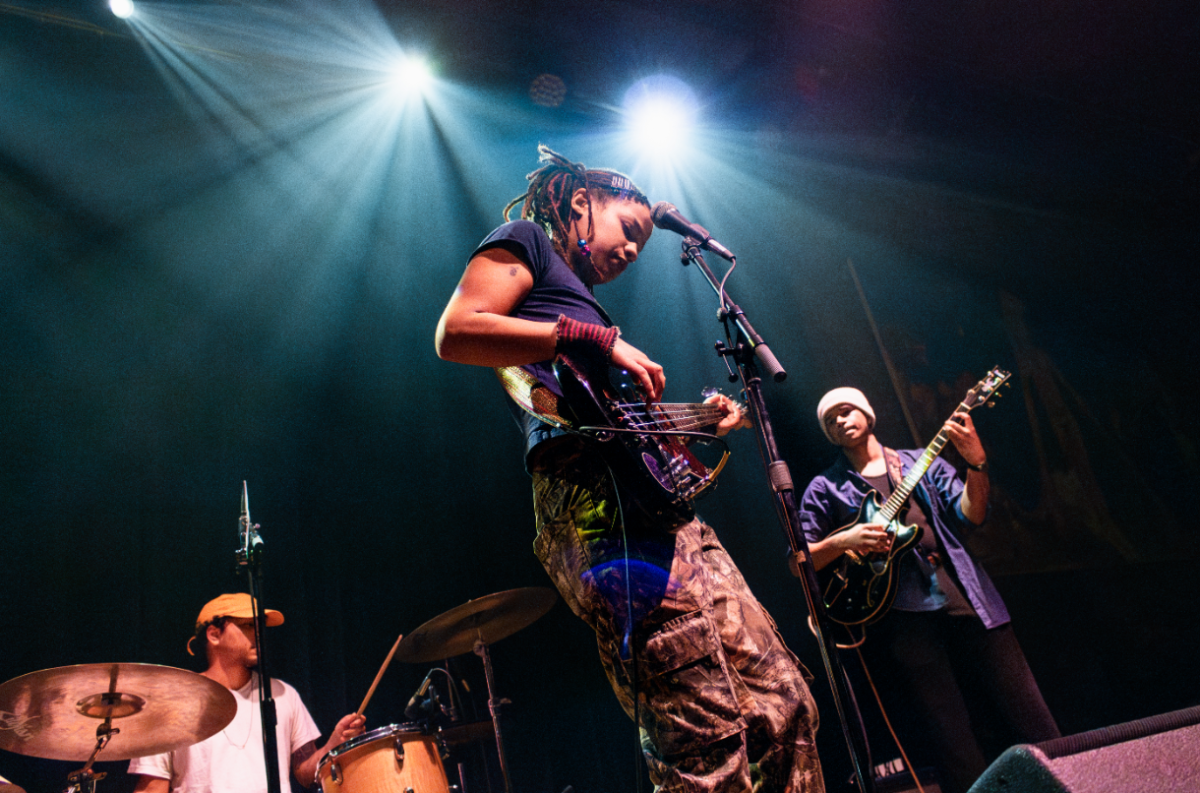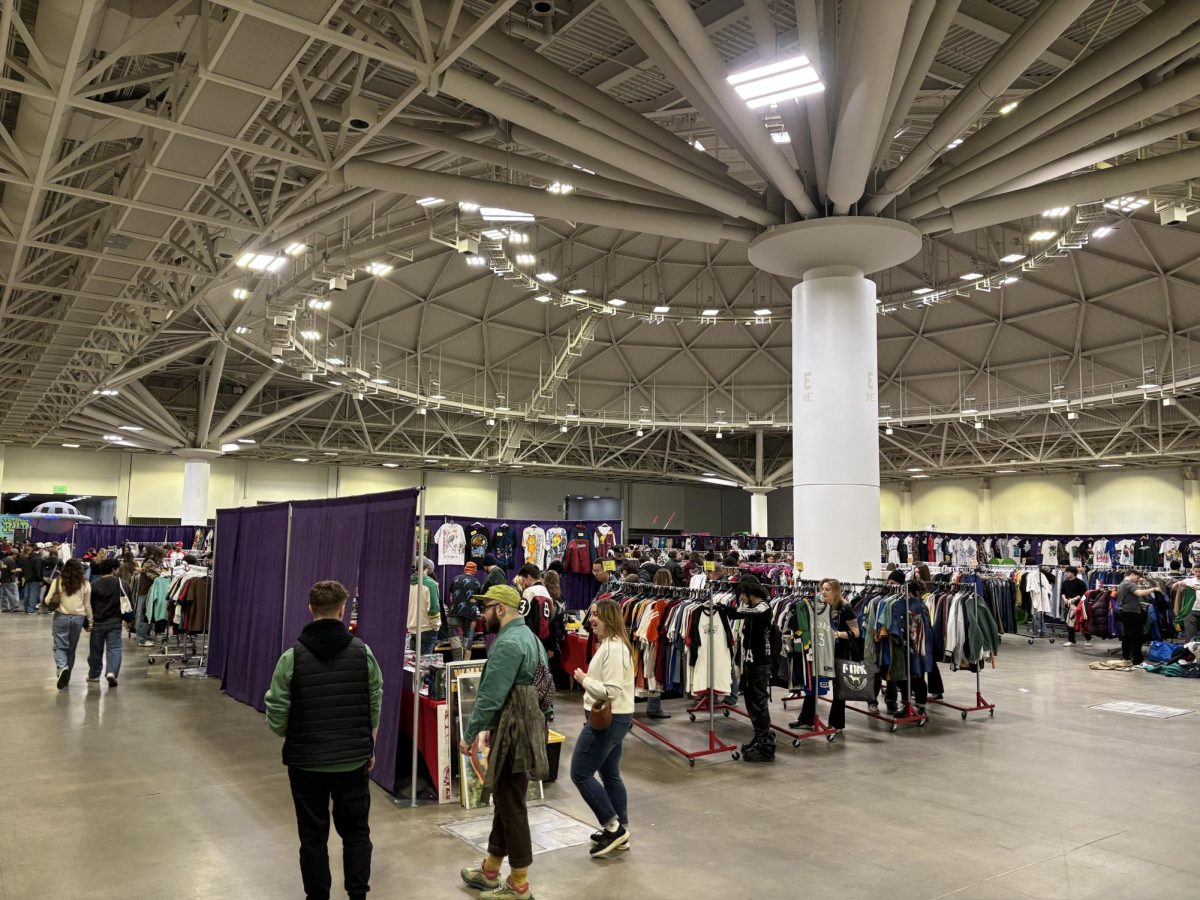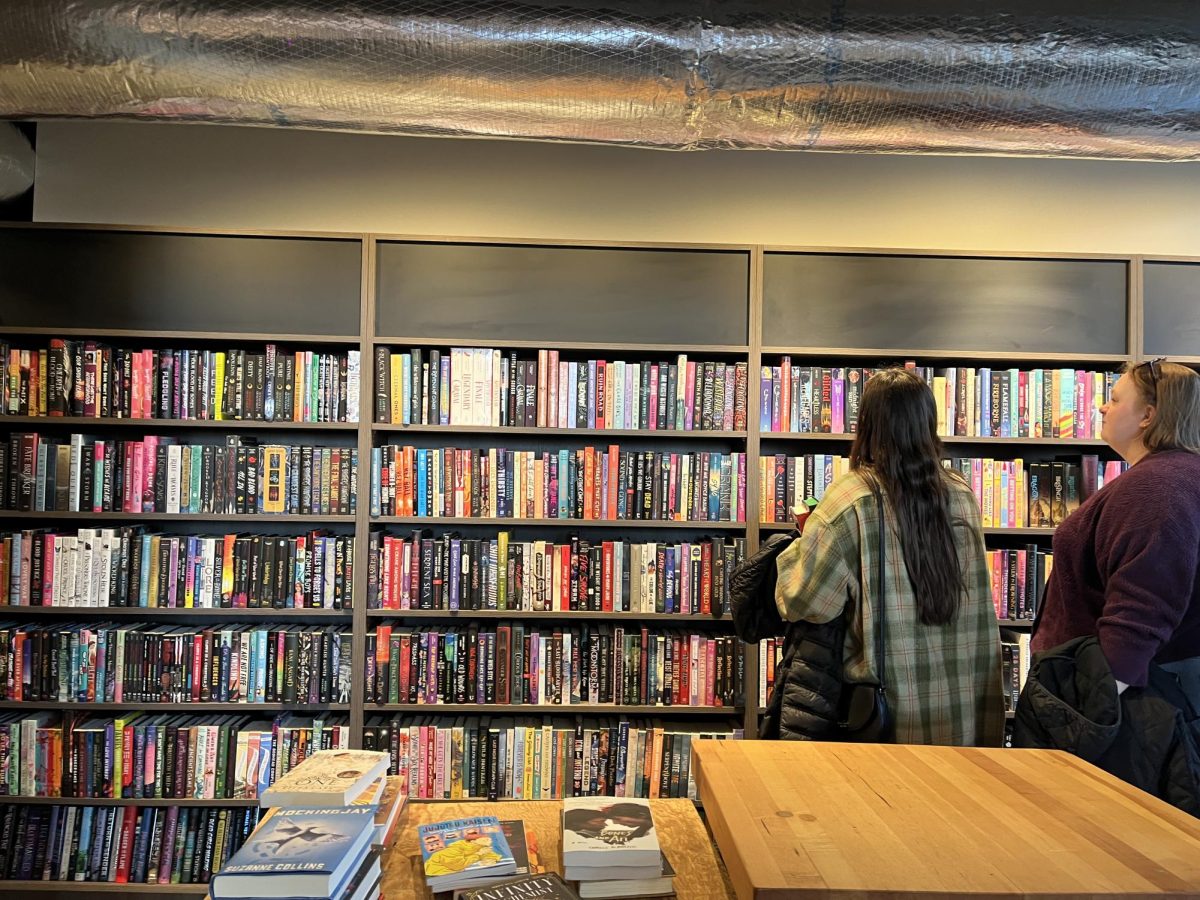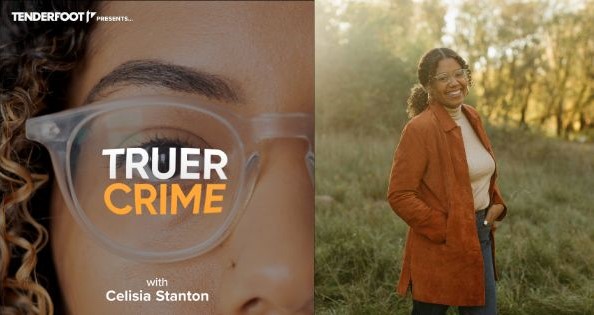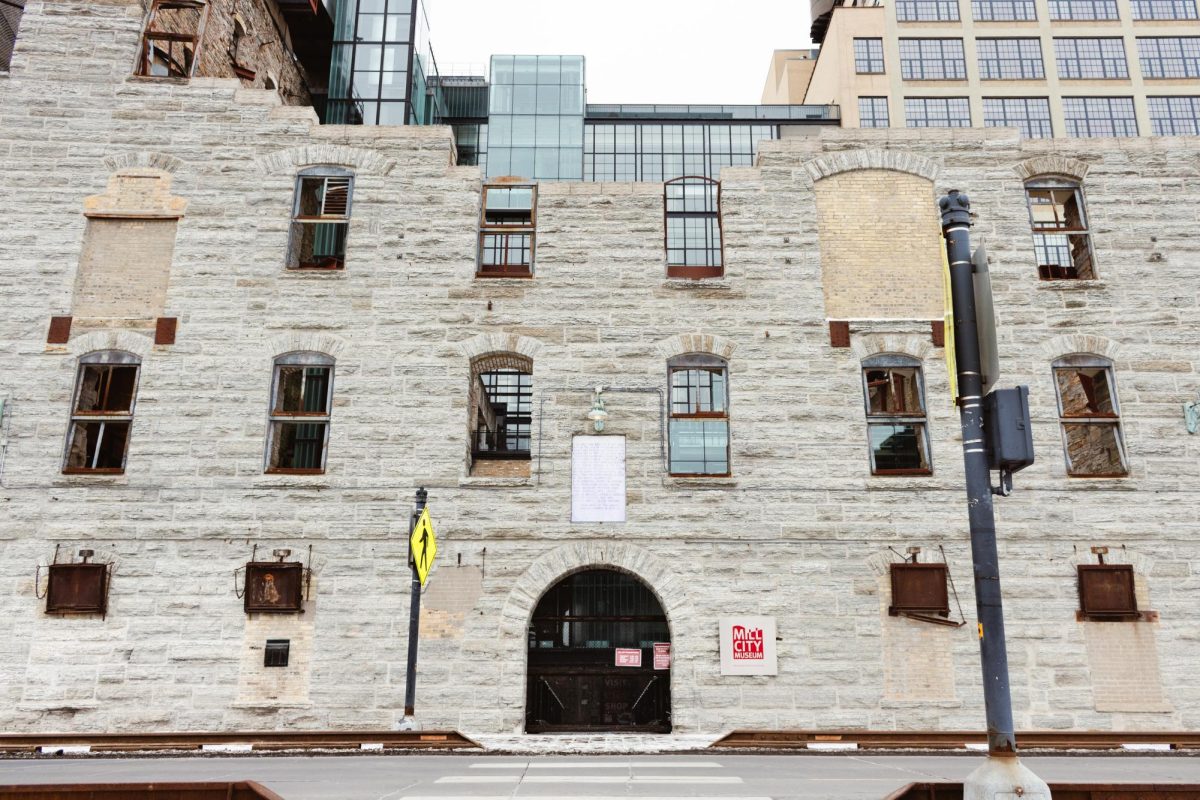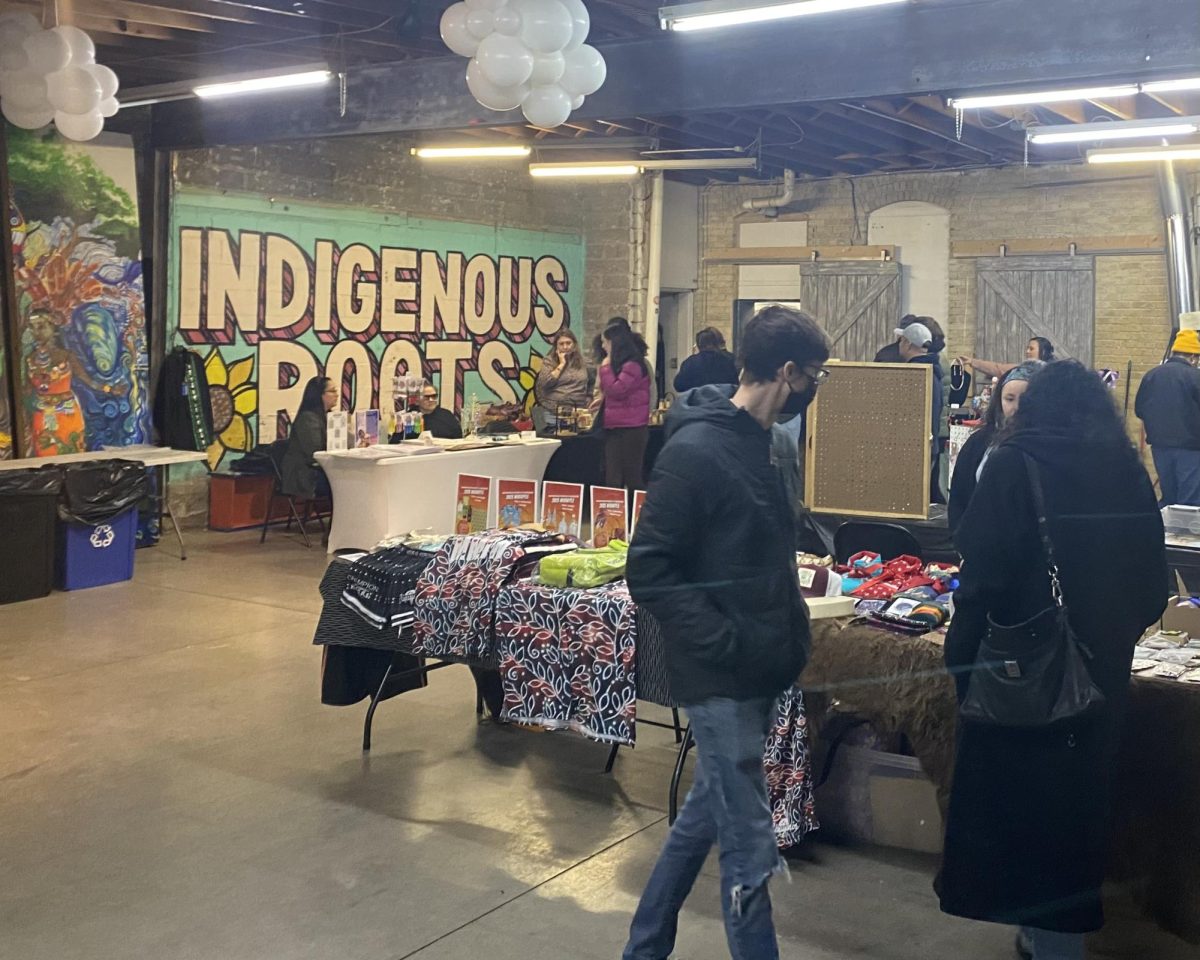If you’re a university student, you’ve probably been interviewed for a job, and perhaps you’ve worked at an office before. But once it’s time to look for that “capital-j” Job, some of us might panic at the state of our wardrobes.
“Oh no, my Speech suit no longer fits, I only own beat-up Converse and I don’t have the money to buy clothes right now!” you might say.
Take a deep breath and look closer. There might be professional wear possibilities that you don’t yet see.
According to CLA Career Services, the trick is to “choose clothing options that reflect your desired personal brand, make you feel confident, and respect the cultural norms and expectations of the setting you are engaged with.”
After reading that advice, your instinct might be to buy a whole closet’s worth of new clothes just for work, but that is not without its consequences. You’ve probably heard time and again about the negative environmental and human impacts of fast fashion.
Thrifting, though a better alternative, is not without sin. According to earthday.org, only 10-30% of donated clothes are actually bought from thrift stores. Excess textiles are then shipped to less-developed countries, giving us a “safe place” for them to go, keeping them out of our landfills while stunting domestic textile industries elsewhere.
These impacts have given rise to social media trends like the 75 Hard Style Challenge on TikTok, which show us that styling without buying is very much possible and will help us curate our own style — the very “personal brand” we’re after.
Paige Miller, a senior accounting major at the University of Minnesota, said she had to buy quite a bit of new clothes for her previous hyper-professional job at an insurance agency.
“I don’t think my work outfits really reflected who I am,” Miller, who has a more lowkey personal style involving jeans and sweaters, said. “It did not feel like me.”
However, Miller observed that the business environment is becoming more casual, straying away from the “monotonous” suits of 20 years ago and embracing sweater-and-jeans looks.
Miller also said she’s becoming more conscious about her shopping habits, such as buying only closet staples and unique items.
She said she uses Pinterest to style her own clothes, asking herself, “How can I wear this differently?”
Ava Sahin, co-creative director of Golden Magazine, recommended dressing with thought and intention and said layering and wearing neutrals are good strategies.
“You could take blue pinstripe trousers and layer a skirt over it to create a look that’s modest but still distinctive and trendy,” she said.
Sahin also said to find your niche. Hers is pairing a simple, sophisticated look with chunky jewelry.
Golden co-editor-in-chief Alexa Yung said she already likes to dress down business casual items like button-ups in her everyday style and layer jewelry.
Both Sahin and Yung echoed Miller, saying that professional environments becoming more casual is a good thing.
Sahin recounted a recent internship experience that had a more relaxed dress code — casual, but still polished — and said it made a huge difference in morale.
“It didn’t feel like a timid environment,” Sahin said. “You could get a better read on people and let your guard down. Dressing up makes me feel confident and do better work.”
Yung added that interesting office outfits can be good conversation starters, and having to dress, and thus become, a completely different person at work would be like real-life “Severance,” in which people’s work memories are surgically separated from their personal memories.
Once you do have the extra cash to buy something new, Yung said the key is “investing” in a piece that will last instead of buying a lot of unnecessary items.
“The real question is, What’s gonna last you?” Yung said.
Yung and Sahin provided a Google Doc and Pinterest board for further inspiration, which you can find here.


